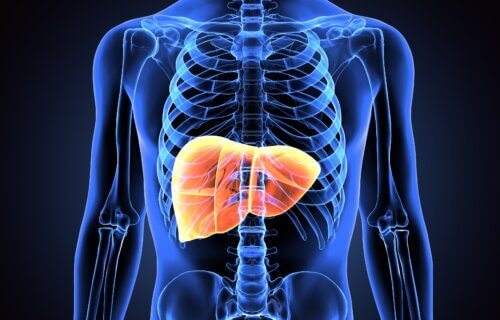‘Our long-term goal is to find ways to predict, prevent, and treat all liver diseases.’
NEW HAVEN, Conn. — Yale researchers have created a functional “humanized” liver inside living mice. This scientific breakthrough will help scientists all over discover human-specific mechanisms for the regulation of cholesterol, and perhaps, develop new ways of treating chronic liver diseases.
Chronic liver diseases, including alcoholic and non-alcoholic fatty liver disease, viral hepatitis, fibrosis, and cancer, affect tens of millions of people in just the United States alone. On a global scale, estimates show that over 1.5 billion people live with chronic liver disease. In the United States specifically, 30 to 40 percent of the population may be dealing with non-alcoholic fatty liver disease — and many don’t even know it.
Making matters worse, liver disease has always proven hard to study using animal models. The livers of mice, for example, perform entirely different functions than human livers.
“Inside the liver multiple human cell types talk in their own language,” says senior author Richard Flavell, Sterling Professor of Immunobiology at Yale School of Medicine and investigator for the Howard Hughes Medical Institute, in a university release. “Mouse and human cells talk in different languages, but we have enabled human liver cells to speak in their own language within living mice.”

To put this project together, a team of scientists led by Eleanna Kaffe, an associate research scientist in Flavell’s Lab, used progenitor stem cells and mature cells called hepatocytes from a human liver to develop and create a complete human liver within a mouse model. This humanized liver, the study authors explain, developed into a similar, size-adjusted shape and carried out similar cellular functions just like a healthy human liver would. Those cellular functions in the humanized liver were also capable of being manipulated to mimic human fibrosis and non-alcoholic fatty liver disease.
The team at Yale also found that essential liver metabolism is indeed controlled by activity in endothelial cells, known to line blood vessels feeding the liver. Those endothelial cells, according to researchers, secrete a signaling molecule called Wnt that regulates cholesterol transport to hepatocytes for the synthesis of bile acid. Transporting cholesterol to hepatocytes is an important mechanism that can reduce excess blood cholesterol levels in humans.
Researchers say their humanized liver model can immediately help drug companies looking to assess the safety of experimental drugs designed to treat chronic diseases.
“However, our long-term goal is to find ways to predict, prevent, and treat all liver diseases, which take such a huge toll on individuals,” the study authors conclude.
The study is published in the journal Cell.
You might also be interested in:
- Just one soda each day significantly increases liver disease and cancer risk in women
- Your liver actually controls the internal body clock, not just the brain
- Understanding Alzheimer’s disease may mean learning more about the liver

